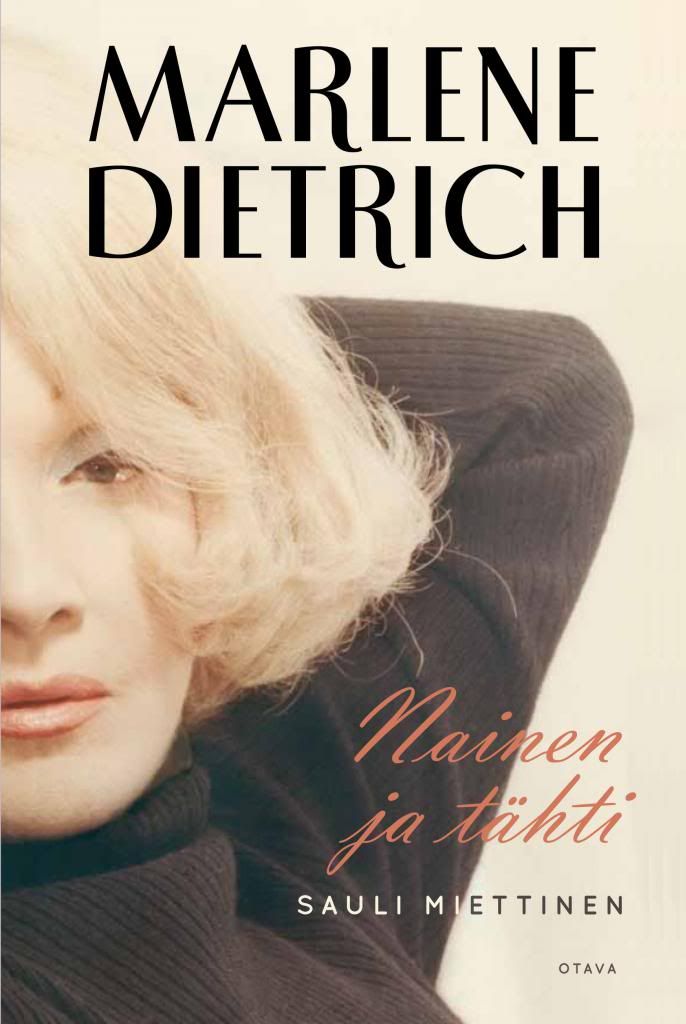It all happened in Texas when Travis was a little boy, seven years old ...
His mother and father were going to a great ball given in honour of visiting celebrities. There had been talk of this occasion for weeks and weeks. All the women of the family had huddled in his mother's bedroom the day her gown came home from the shop in a big white box and mists of tissue paper.
Although it was almost nine o'clock the lights in the nursery were left on the night of the ball. He was waiting for his mother to kiss him good night. She was to stop in just before she left so he might see her in her gown.
His mother was so very beautiful. Her gown of soft blue chiffon might have been fashioned from a piece of Spring sky. It caught at her slim waist with crushed velvet. and on both of her shoulders were great bunches of forget-me-nots ...
"That gown of my mother's gave me my dream or whatever you want to call it of doing this sort of thing ... So in memory of that gown I designed one of the gowns Marlene Dietrich wears in Song of Songs the same way. Only Marlene's gown is violet, with violets on the shoulders."
— Modern Screen magazine, 1933
 |
| Designer Travis Banton with Marlene in 1937. |







